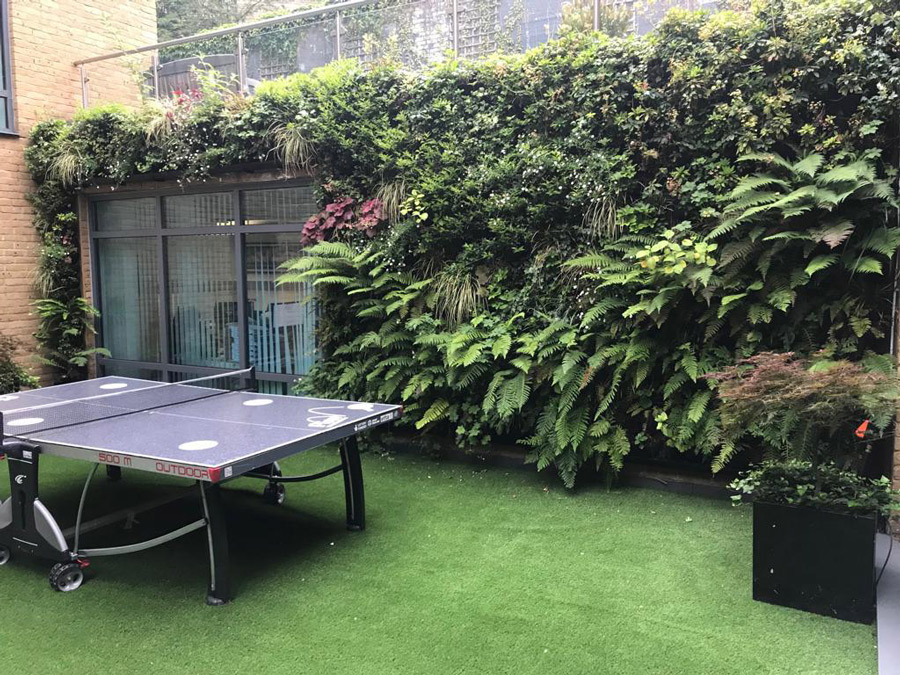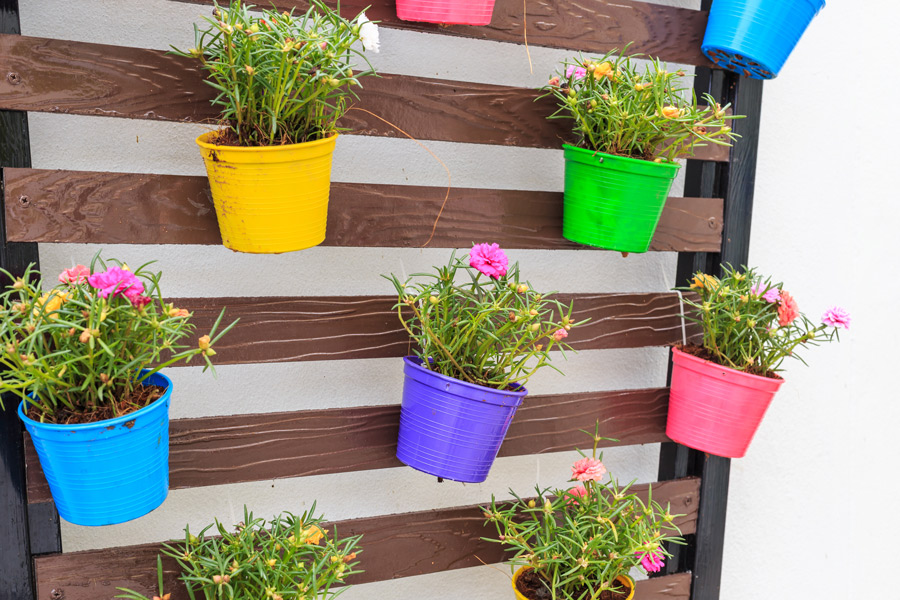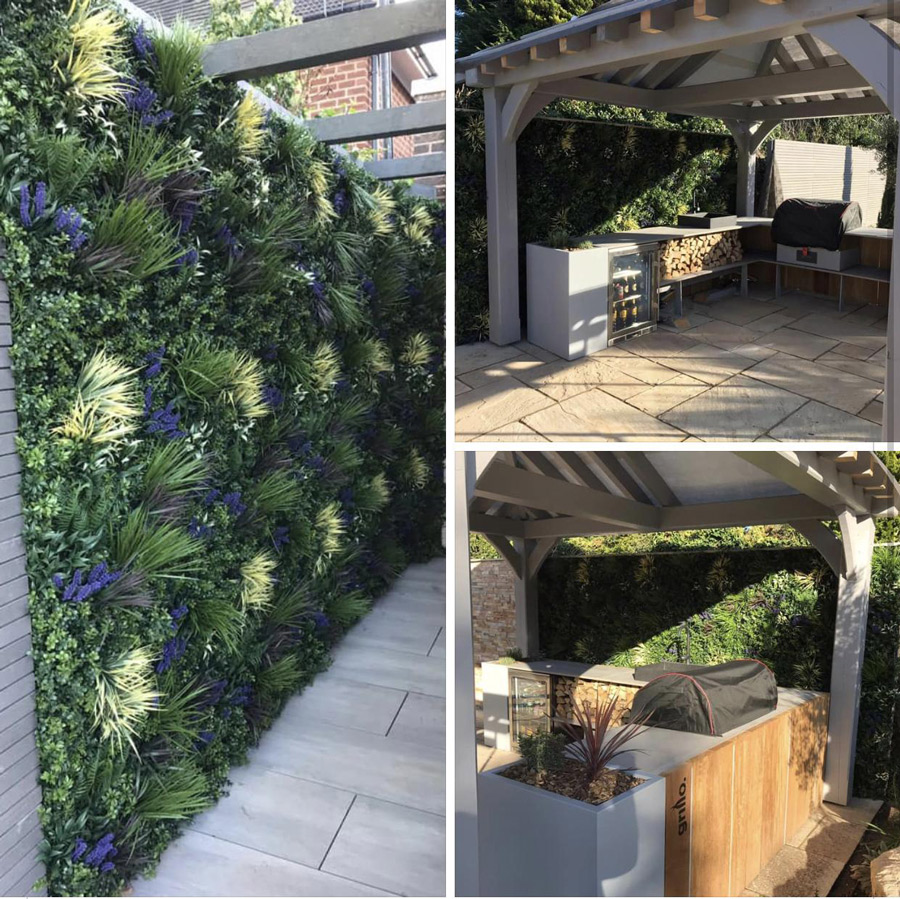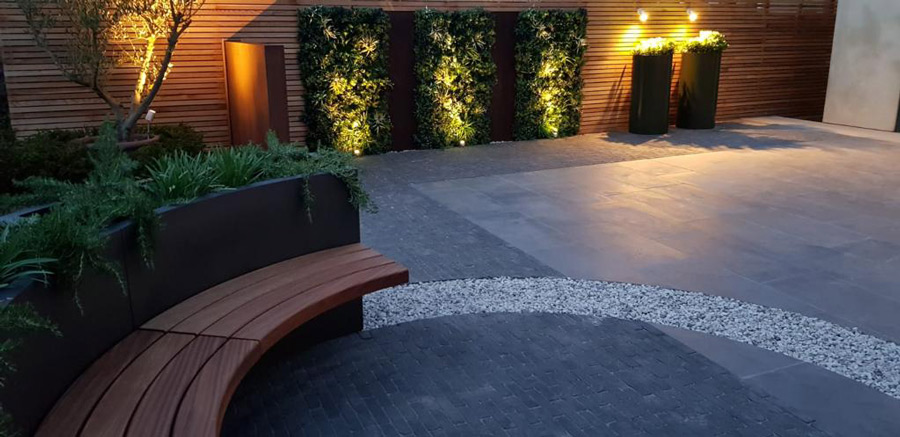Landscaping often involves a mixture of different garden surfaces. Arbour Landscape Solutions Lt...
Filter by:
This is the section of our website where you’ll find everything you need to build beautiful ...
Filter by:
Every outdoor space has three dimensions. Arbour Landscape Solutions offers an extensive range of ...
Filter by:
Introducing our comprehensive range of soft landscaping surfaces for industry professionals. Every...
Filter by:
This is where you’ll find everything you need to build the garden structures specified on yo...
Filter by:
At Arbour Landscape Solutions we know how important drainage is to the success of any landscaping ...
Filter by:
Holding it all together is our range of top quality screws and fixings. Take a good look at the pr...
Filter by:
Lightweight Concrete
Filter by:
We've compiled a comprehensive catalogue of landscaping Tools and Equipment for you to buy or ...
Filter by:
Pots can enhance a garden or commercial landscape hugely, improving a sense of arrival for any sch...
Filter by:
Arbour Landscape Solutions are proud to present this range of stunningly beautiful planters in all...
Filter by:
High-quality light fittings designed and manufactured in the UK. Stylish, durable and with a 10 ye...
Filter by:
Pots can enhance a garden or commercial landscape hugely, improving a sense of arrival for any sch...
Filter by:
Arbour Landscape Solutions are proud to present this range of stunningly beautiful planters in all...
Filter by:
High-quality light fittings designed and manufactured in the UK. Stylish, durable and with a 10 ye...
Filter by:
 TRADE & SELF BUILDERS MULTI-USER ACCOUNTS MULTI USERS
TRADE & SELF BUILDERS MULTI-USER ACCOUNTS MULTI USERS FREE DELIVERY ON ALL YARD STOCK FREE DELIVERY DELIVERIES
FREE DELIVERY ON ALL YARD STOCK FREE DELIVERY DELIVERIES INSTANT ONLINE QUOTES FREE QUOTE BUILDER UPLOAD MY LISTS
INSTANT ONLINE QUOTES FREE QUOTE BUILDER UPLOAD MY LISTSVertical gardening is at an all-time high and I’m seeing more and more opportunities for landscapers and garden designers working in this sector. This article takes a long look at living walls. What are they for? How to build the infrastructure for a living wall and which plants to choose.

Glorious living wall created by Scotscape
The definition of a green wall aka a living wall is “A vertical built structure intentionally covered by vegetation”.
Until Patrick Blanc started experimenting with vertical gardening in the 1980’s, living walls were largely limited to the height of terrestrially grown plants. I’m talking of espalier fruit trees, supported wisterias, virginia creepers, clematis and the like. The maximum height of a green wall would be 15 metres at the most, however, thanks to Patrick’s lively mind and the efforts of some amazing suppliers, it’s possible to create living walls in the most unlikely and hard to reach places.



Beautifully lit green walls in this low maintenance courtyard garden by Paul Newman
Lighting, it’s one of those landscaping details that is so often overlooked by clients. However, when you have invested in a living wall, it seems a waste if it can’t be enjoyed after dark. Clever lighting can add a whole extra dimension and really shouldn’t be ignored. These pictures are of an artificial green wall but you get the idea.
Artificial green wall panels – low maintenance and easy to install
Living Wall Kits
Instant Hedging – a more traditional type of vertical greening
Would you like to remove the items in your basket and replace them with this order or keep all items in the basket?
